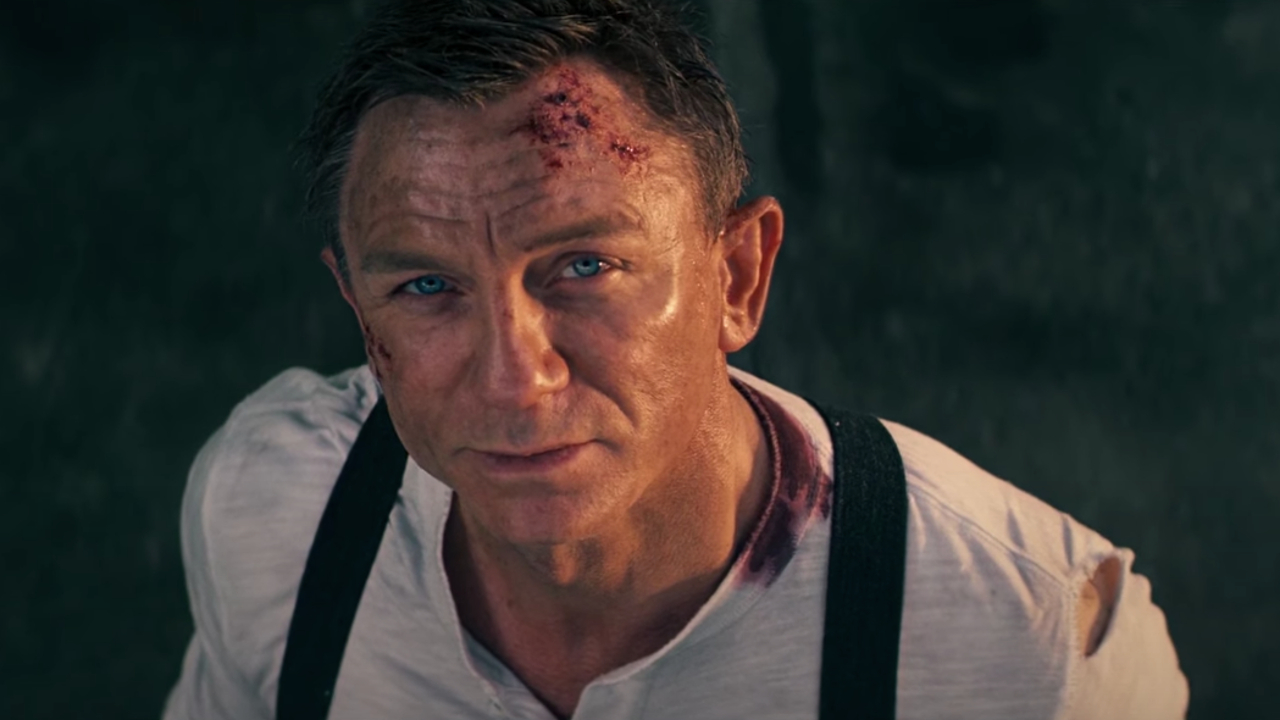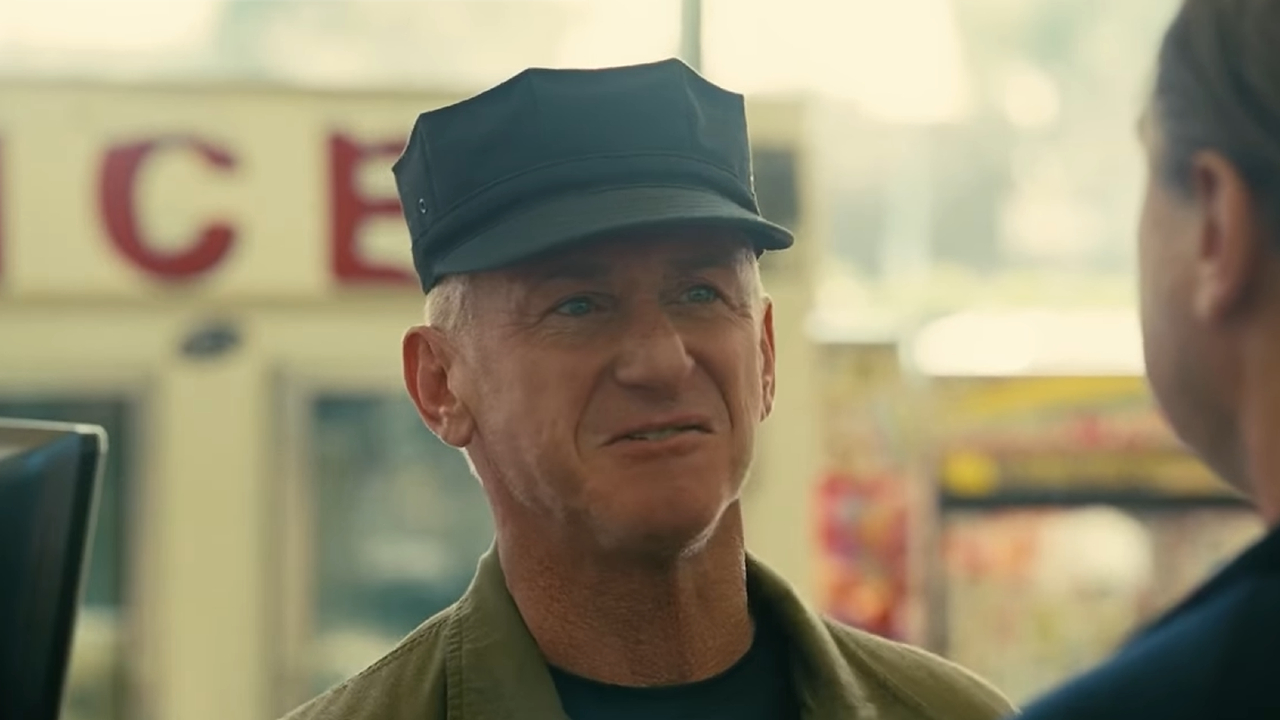No Time To Die Director Explains What He Wanted To Avoid With Daniel Craig’s 007 Ending
Commander Bond's big sendoff needed a special touch.

Warning: spoilers for No Time To Die are still in play. If you haven’t seen the film yet, turn back to remain unspoiled. We're getting into the ending her really quickly.
Breaking explosive new ground (literally) in the James Bond franchise, No Time To Die sees the good Commander unable to outrun death in the final installment of his current run. Sacrificing himself for the greater good, we see his final moments amount to a bittersweet coda that sees Bond saving the world, and those he loves most in it. Further unpacking how this climactic finale came about, director Cary Joji Fukunaga talks about what he wanted to avoid with Daniel Craig’s 007 ending, and the sci-fi classic that helped him maintain perspective when creating it.
Finality is what Fukunaga was aiming for, as he discussed recently with Empire. After all, when you see a set-piece where James Bond seems to be standing stock still while an explosion goes off, you might think there was some wiggle room for him to escape. That’s what the co-writer/director of the 25th Bond adventure wanted to avoid, along with giving viewers a dose of unintentional visual trauma, as he explains with a well placed Terminator 2 reference:
I wasn’t trying to be obtuse with it. I wanted to be clear with it. But I wanted it to be tasteful. We didn’t want that shot in Terminator 2 where you see Sarah Connor turning into bones. But we wanted to show that he wasn’t going to jump down a sewer at the last second. So that wider shot of the island being pummelled was a mixture of macro and micro. The full effect is, ‘Yes, he’s gone, but he succeeded in making sure none of that weapons would go on into the future.’
Looking at what Cary Joji Fukunaga had to say about No Time To Die’s massive, history-making ending, you can see the man wanted no one to be able to question this version of 007 was truly dead. At the same time, he didn’t want to have to show James Bond getting blown apart in a rather gruesome fashion (or as gruesome as a PG-13 tentpole would allow). In that Terminator 2: Judgement Day dream sequence that Fukunaga was referencing, Linda Hamilton's iconic sci-fi heroine is having a horrific nightmare about Judgment Day itself.
Seeing herself, and young children, being vaporized by Skynet's nuclear attack, Sarah is trying to warn them all to take shelter. Of course, it's too late by that point, and the resulting fireball chars and disintegrates everyone seen on screen, in purely terrifying fashion. So yeah, the scene we’re about to share is definitely something that wouldn’t have come about in a Bond movie, no matter who was on the other end of it:
Killing James Bond was something that was apparently on the menu since day one, with Daniel Craig reportedly making it a condition upon which he’d accept the role. No Time To Die went to great pains to keep that fact secret, to the point there was even a false ending that was circulated to throw off the scent of what was to come. Balancing what the audience sees in this death with the implication that 007 is no more was always going to be a tightrope act, because people were always going to assume he’d wash up on a beach somewhere, totally alive in an end credits scene reveal.
Not only did this mean that the kill shot was going to have to carry some extra thematic weight, but the scenes that came afterwards really needed to hammer the point home. Mourners like Lashana Lynch’s Nomi and Léa Seydoux’s Madeleine, as well as the entire MI6 family, are seen having sorrowful toasts and telling stories of the man that was “Bond…James Bond.” If that didn’t sell the idea that Commander Bond was dead, nothing short of charred remains would have done the trick.
Your Daily Blend of Entertainment News
It’s still worth looking back on the moment itself, and if you’ve read this far without seeing No Time To Die, you should absolutely give the movie a shot. The dramatic weight given to Bond’s final moments is the root to making this finale work, and Daniel Craig gets some of his best material out of that particular beat. In particular, Craig's wistful acceptance of his fate as he looks up at the impending cluster bombs of doom is a nice touch.
The normally self-assured 007 knows his number is up, and he's trying to make his exit as easy as possible. Seeing that wash over the piercing features of Daniel Craig is a hell of a moment, only adding to the importance of the resulting fallout. In short, the director's vision works for me.
Now, the next era of James Bond, much like Sarah Connor’s non-nuclear blasted future, is a dark, open highway. Only the earliest of conversations have taken place in terms of who’s going to be the next 007, or even what direction the franchise will take in the wake of No Time To Die’s bombshell ending. All we do know is that a huge decision was made, and the aftershocks will be felt for some time afterwards; much like any good ending worth discussing.
Should you want to get in on the action yourself, or if you just want to revisit No Time To Die once more, it’s currently available on PVOD, with the physical home video release arriving very soon. While it would make a perfect double feature with On Her Majesty’s Secret Service, you might not want to make it the movie watching centerpiece for your holiday celebration. Just a suggestion, of course, as every family is different in how they celebrate.

Mike Reyes is the Senior Movie Contributor at CinemaBlend, though that title’s more of a guideline really. Passionate about entertainment since grade school, the movies have always held a special place in his life, which explains his current occupation. Mike graduated from Drew University with a Bachelor’s Degree in Political Science, but swore off of running for public office a long time ago. Mike's expertise ranges from James Bond to everything Alita, making for a brilliantly eclectic resume. He fights for the user.
